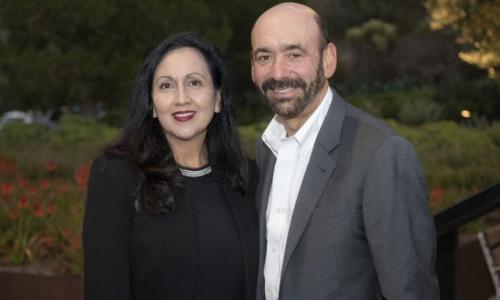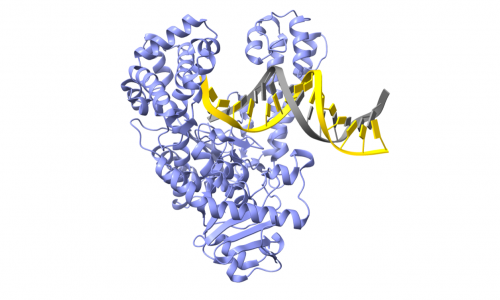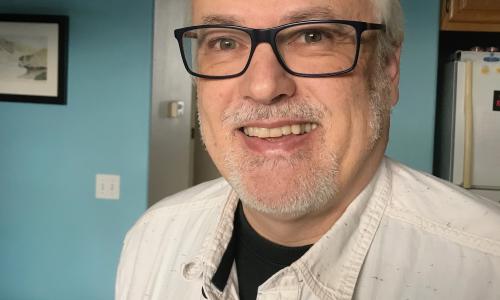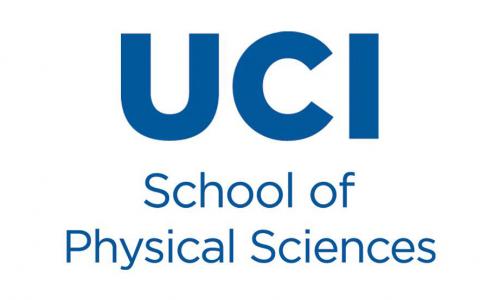Chemistry
Mar 29, 2022
12 fields of advanced study place in top 20 among public universities on annual list.
Mar 11, 2022
Research to lead to improved personalized medicine and understanding of evolution.
Mar 4, 2022
The outreach program saw science unfold for underprivileged children in labs across the school.
Mar 1, 2022
The couple want to help the department’s up-and-coming chemists.
Feb 28, 2022
Dennison works to train our scientists to use instruments to derive chemical structures.
Feb 22, 2022
Yang’s work involves collaborations in California and across the country.
Feb 9, 2022
If scientists understood exactly how electrons act in molecules, they’d be able to predict the behavior of everything from experimental drugs to high-temperature superconductors. Following decades of physics-based insights, artificial intelligence systems
Feb 3, 2022
The fellows are the faces of the DEI efforts in each the school’s four departments.
Jan 19, 2022
The dean of UCI Physical Sciences, Professor James Bullock, takes a look back at what happened in 2021.
Jan 18, 2022
The program, slated for March and May, gives local underprivileged kids the chance to picture themselves as scientists.
Jan 4, 2022
Complex electrical measurements reveal concentrations of biomarkers and urine, improving accuracy.
Dec 21, 2021
Jay Aranton handled all of the mail for Physical Sciences during the pandemic. But he wasn’t alone.









